Sound performance
For the purpose of this review, I used the Shanling AE3 for IEM testing and the Audeze LCD-X for headphone comparison. All files were streamed from Qobuz in Hi-Res, Apple Music when available, and my own catalog.
Overall signature
Once again, even if the Shanling M6 Pro 21 enjoys completely different chips, the brand managed to offer a sound signature that feels delightfully similar to the previous players.
But, let’s talk about the differences first:
- the new mid-level gain is really helpful if you have headsets like Audeze’s LCD-1 or the Meze 99 Classics. They need a bit more punch than IEMs, but high-gain can feel a bit too overwhelming while reducing the available dynamic range
- even if you use the Dual-DAC mode, I found the previous Shanling M6 Pro soundstage wider, almost as if it could make a 360 spin, where the new M6 Pro 21 only fairs up to my ears
- dynamic range is, unsurprisingly, better, even if on paper the old AKM chips should outperform the new ESS ones. On classical tracks like Vivaldi’s Four Seasons, the difference is immediately noticeable
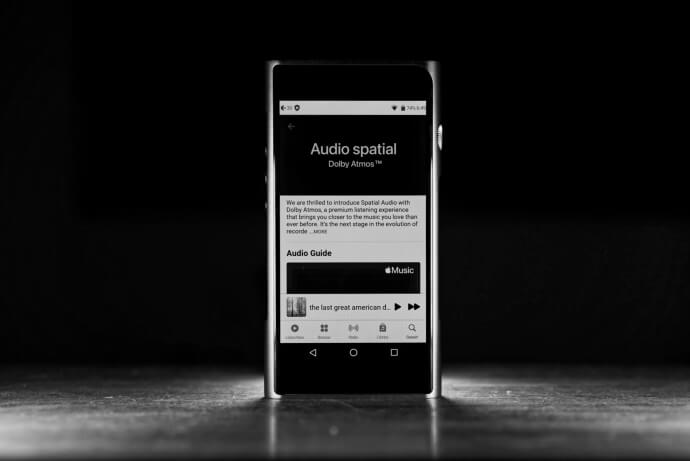
Apart from that, the brand just tweaked a few things here and there.
Like all Shanling players, the sound signature is flat, but never dull, thanks to the wide dynamic range. On symphonic tracks like The Mole from Hanz Zimmer, it allowed me to spot some hidden notes, even when I used the LCD-X in high-gain instead of medium. Lows are deep and the bass can be deafening, without ever impeding on the other frequencies range: the more your ask, the more you get.
Instruments are even more defined, transients are faster and the longer you listen, the more get accustomed to those uncanny moments where, out of nowhere, the voice seems to appear right in front of you. It’s definitely sharper than the M6 21, even more, if you activate the dual-DAC mode, but you really have to step up your headphone game to enjoy the difference.
Layering is razor-sharp and the sound stage pinpoints accurate, especially when you use big headphones like the Audeze or cans like Meze Empyrean. Out of curiosity, I tried my Unique Melody Maestro, to compare the three players: M6 21, M6 Pro, and M6 Pro 21. If the difference between the M6 21 and M6 Pro 21 didn’t strike me, going from the previous one to the new one really felt like an upgrade.
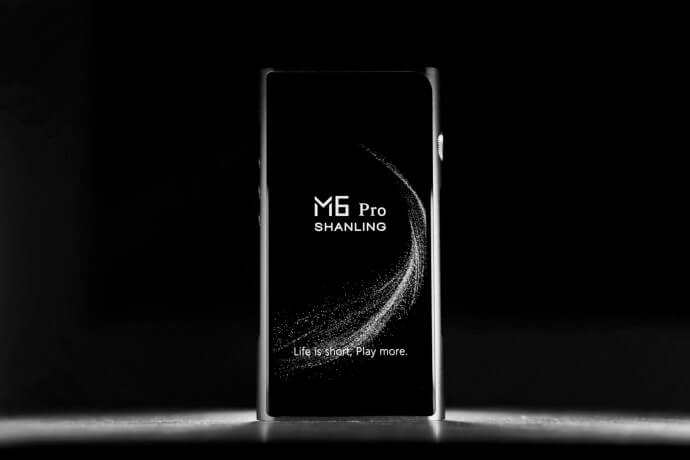
Hotel California from the Eagles, was the perfect test track to magnifies the difference between each model, and if I had a hard time choosing between the M6 21 and M6 Pro, adding the M6 Pro 21 cleared my viewpoint. I prefer the M6 21 tonal balance, but the M6 Pro 21 offers a lot more micro-details.
It is more refined, with better highs and pitch-black background, every nuance, every sensation is there, heightened. It’s a very good alternative to the FiiO M11 Plus LTD, which feels softer but shows the same level of sharpness. It’s still dry – much more than FiiO – but it seems like Shanling found the sweet spot between details and musicality.
The output power has also been improved, with three different levels of gain, and I had no issue driving the Sennheiser HD800S and my Audeze LCD-X. If you intend to rock your big headphones, the M6 Pro 21 will be able to do so, as long as you stick with the balanced output, as power falls short once you get back in SE mode, even more in single-DAC mode.
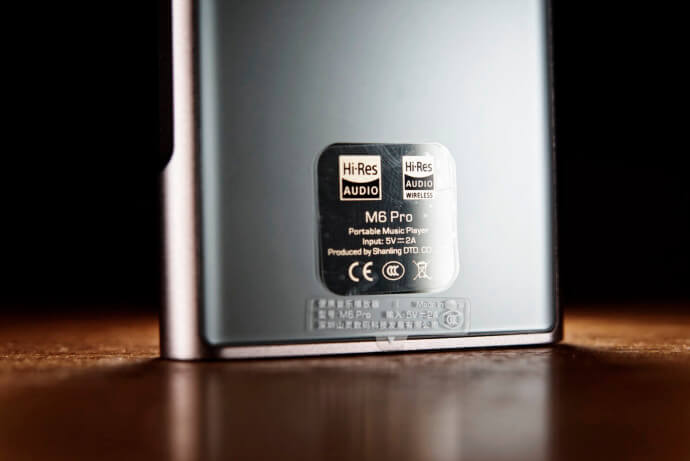
Tonality
Highs: airy and flat. The Shanling M6 Pro 21 sounds sharp and dynamic. With a good IEM, the result is nothing short of amazing, whatever the genre and style. Clearly, there aren’t many players that could match this DAP, even at higher price points. You’ll hear details unheard before, period. As usual classical music and jazz is bliss, but that’s also true with electro tracks (my favorite genre)
Good test track : Bernard’s Song – Veronique Sansson
Mids: good soundstage, exceptional definition. It’s the only drawback I could find going from AKM to Sabre, the soundstage feels narrower. Thankfully, voices are uncannily natural, and combined to minimal reverb and clean transients, I’m pretty sure you won’t hear the difference after a few minutes
Good test track: Obama – Dombrance
Lows: more power, lower lows. The bass of the M6 Pro 21 reached abyssal levels, much more than I’d expect! Paired with the Audeze LCD-X or my UM Maestro, I could hear the rumble of the bass, even at (very) low volume level. The player really punched me in the guts, and once more, I can definitely advise you to check this player… for the bass!
Good test track : The Return – Pylot
Noise: the Shanling M6 Pro 21 is absolutely dead silent in any conditions. Even when I used Apple Music or took the player as a Bluetooth amp, I didn’t hear any hiss or hum. Great!
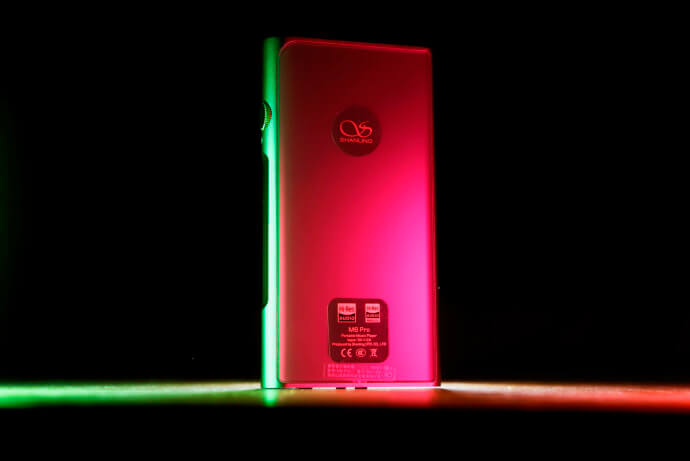
Conclusion
Once more, Shanling cooked us the same dish, with different ingredients. Thankfully, it’s a 3-star meal, with dual Sabre DAC as the main course.
The player is snappy, beautiful – if a bit thick – and supports every streaming app, straight out of the box. Sound performances are even better than before, mostly thanks to small tweaks here and there, and like the M6 21, the Shanling M6 Pro 21 definitely earns my recommendation.
To be fair, it’s not a massive upgrade compared to the M6 21, but if your wallet can support a €200 extension for a player, you should lean toward the M6 Pro 21 whom can give you that extra 10%, for real, audiophile experiences.
Personally, I’ve always favored ESS DACs compared to AKM ones, and one and again, the Shanling M6 Pro 21 strengthens my opinion: better dynamic range, sharper sound, and if the soundstage feels a little more cramped, I don’t think of that as a deal-breaker.
If you want something more modern, get the new FiiO M11 Plus LTD (until stock lasts) and if you’re tight on budget, get the cheaper, regular M6 21. Whatever you choose, these three players should fit 99% of your use.
________
Page 1: About the brand
Page 2: Design & Build Quality
Page 3: UI & Usage
Page 4: Specifications





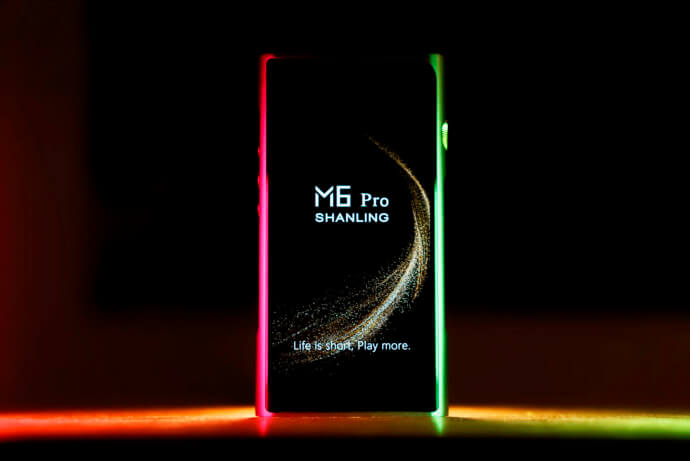
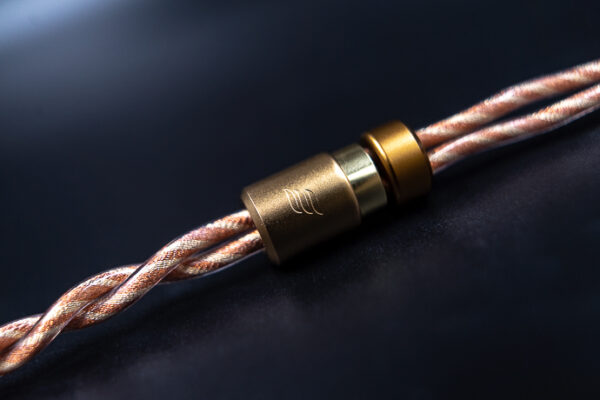
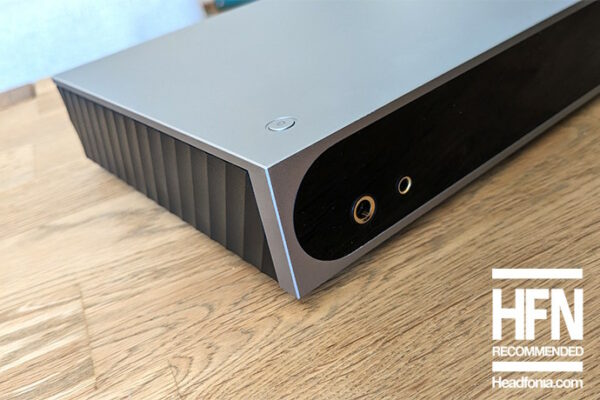
Claudio
Hi
Thanks for your reviews. You should check the specs related to the power output because there are diferent in this version:
“Amplifier circuit now using OPA2211, up to 760 mW@32ohm ( Original OPA1662 and 600mw)”
Bye
James McCook
Great review!
Howard
Please describe what you mean by “dry”. I read that and I thing parched desert land, tongue stuck to the roof of my mouth and sterile sounding. I don’t think that’s what you mean so if you need more words to articulate what you mean by dry, please use them….. 🙏😎
Howard Olsen
Your links at the bottom of each page P1, P2, P3, etc …. all link back to the original M6 21 Review althogh this is the M6 Pro 21 Review. The only links that are correct are the “Click here” links.
Lieven
sorry, fixed!
Howard Olsen
Merci Beaucoup!
Howard Olsen
Quote: Power output is rated at 12mW / 48mW / 200mW @32ohms (L/M/H) in single-ended mode, and triple up to 36mW / 143mW / 600mW@32ohms in balanced mode. So, again, I’d strongly suggest that you use the Shanling M6 Pro 21 with balanced headphones.
Again, you’re not just using the pictures of of the M6 21, you’re quote the specs of the M6 Pro
Correction:
SE power@32 ohm: 20mW@Low gain, 60mW@High gain, 240mW@Ultra-high gain.
Bal Power@32 ohm: 60mW@Low gain, 240mW@ High gain, 760mW@Ultra-high gain
There is just so much wrong with this review I have to wonder if you even listened to it. I bought it. It runs circles around the Lotoo PAW series. It’s musical, technical with exceptional deail retrieval and plenty of weight to the notes. You really should give it a listen, I think you’ll be impressed.